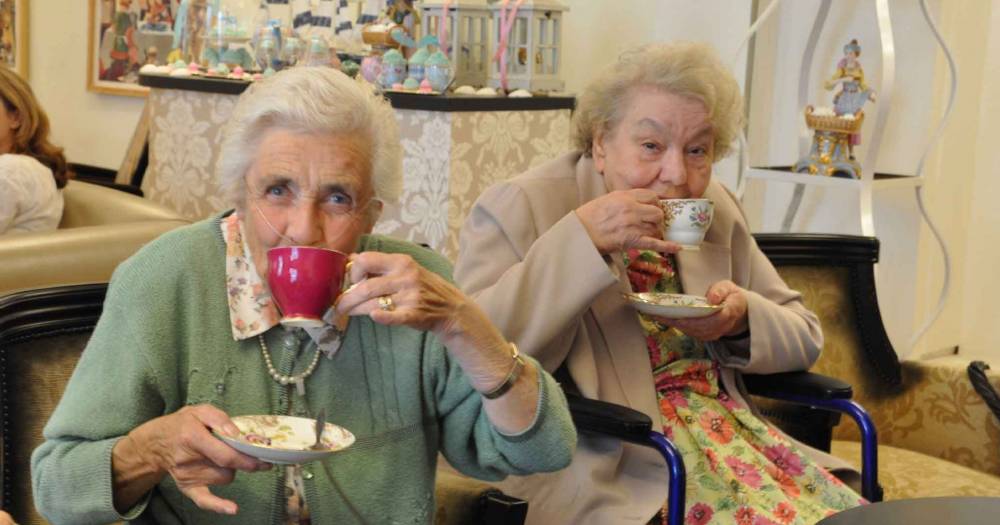
According to the Australian Bureau of Statistic, 40 per cent of older people reported being in need of assistance as they age. Much of the care and support for older people is provided by family members, friends or neighbours.
But a vast majority of them also rely on government support, such as aged care, home care, respite care, just to name a few.
New reports released by the Productivity Commision has revealed how taxpayers’ money is being spent on various services, including community and aged care services.
Total government expenditure reported on aged care services in 2016-17 was $17.4 billion.
This is an increase from the previous year’s number of $16.8 billion for the 2015-2016.
During the last financial year, that meant the government was spending $4,470 per older Australian – $17 more dollars than 2015-2016.
Roughly 70 per cent of money spent on aged care went towards residential care. There was also $4.4 billion spent on home care and support services and $907 million on other services, such as flexible care and assessments.
In June 2017 – the end of the data collection – there were exactly 204,335 operational places in residential care, including flexible places, and 71,423 recipients of Home Care Packages.
Demand for aged care services is driven by the size and health of the older population.
The Australian population is ageing rapidly, with the proportion of people aged 65 years or over in the total population projected to increase from 15.3 per cent in 2017 to 21.8 per cent in 2056.
During 2016-17, overall there were 66,041 older clients receiving Home Care Packages Level 1‑2 and 33,136 older clients received Home Care Packages at Level 3‑4.
During that same time period, there were also 232,252 older clients who received permanent care and 57 498 who received respite care in a residential aged care facility during that period.
When compared to other community services, aged care received an overwhelming majority of government spending.
The rest was divided up between disability services who got $7.8 billion, child protection which received $5.2 billion and youth justice that got $800 million.
The new figures showed that four out of five older Australians received some kind of government support.
And yet despite such high expenditures, not everyone’s needs were being met.
Almost one in three older people living in households and requiring assistance reported their needs were not fully met, with the proportion higher among those with a profound or severe disability.
What do you have to say? Comment, share and like below.